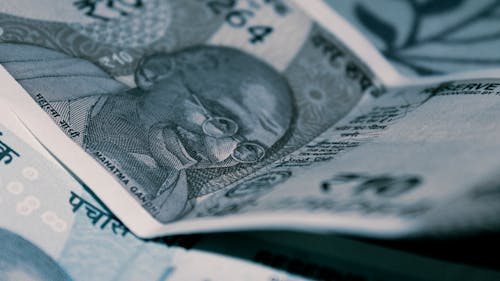Indian Banking Sector in 3 Phase
Indian Banking Sector can be studied into 3 Phases as it has developed. Currently, Indian banking sector holds 27 Public sector banks, 49 foreign banks, 21 Private sector banks, 56 regional rural banks, 1,562 urban co-operative banks and 94,384 rural co-operative banks along with some other financial institutions. All these banks are regulated by the Reserve Bank of India.
Phase 1:
During this phase which lasted from 1786 to 1969, as it involved the inception of structural formation of the banking sector in India, many banks were set up to finance business and trades.
The largest and oldest working bank in India is State Bank of India (S.B.I) which originated as Bank of Calcutta in 1806. It was one of the 3 banks founded by presidency government of British India. In 1921 all three banks were merged to form the Imperial Bank of India, which after 1947 became State Bank of India.
Reserve Bank of India was also formed during this time in 1935 as the central bank of India to handle the economic condition of the country after World War 1. This section can be also studied by understanding Imperialism and banking in India
Phase 2:
This phase can be summarized from 1969 to 1991, until then banking sector followed some strict colonial-rule which were limiting its functions and have to be loosed, during this time many reforms were made in banking sector of India and nationalization of public sector banks took place.
Nationalization of banks created a sense of safety among the minds of people, this decision encouraged people to deposit their money in banks, this extra deposit leads to more lending which created a boost in economic activities as banks had more fund to finance business and development of infrastructure. Which in return created more jobs for people.
On 19 July 1969, 14 largest commercial banks in India were Nationalized these banks had around 80% bank deposit of India.
The banks that which were nationalized in 1969 were: Allahabad Bank, Bank of Baroda, Bank of India, Bank of Maharashtra, United Bank of India, Canara Bank, Dena Bank, Indian Bank, Syndicate Bank, Punjab National Bank, Indian Overseas Bank, UCO Bank, Union Bank and Central Bank of India.
Afterwards in 1980, 6 more banks that were nationalized which included Punjab and Sind Bank, Vijaya Bank, Oriental Bank of India, Corporate Bank, Andhra Bank and New Bank of India.
Phase 3:
Before 1991, Indian banks were operating in a restricted environment which was created by socialist policies of the government, and some major reforms were needed to uplift the banking sector along with other sectors in India.
During the tenure of P. V. Narasimha Rao as Prime Minister of India, major reforms were implemented, most of the reforms in banking sectors were to meet BASEL I standards, which encouraged foreign investments to create competition which increased overall efficiency. Public sector banks and foreign banks were allowed to expand market share. To match the competition created by private and foreign banks, the government also declared to strengthen the public sector banks.
Because of liberalization, many restrictions on interest rates and credit were lifted. The government also lifted the requirement to get RBI permission for exceeding credit limits of an individual.
Reducing directed credit requirements may be a common feature of banking reforms, and this was the case in India also. A major directed credit requirement was constituted by the high levels of the SLR, which pre-empted bank resources to finance the govt deficit at low-interest rates.
Pre-emption of credit by the government also occurred indirectly because the RBI followed a practice of automatically issuing ad hoc Treasury bills to meet any shortfalls in the government's balances with the RBI. Since this implied a mechanical transmission of fiscal expansion to the monetary side, it had been offset by imposing a high cash reserve ratio (CRR) within the commercial banks, thus effectively crowding out private sector credit.


Comments
Post a Comment